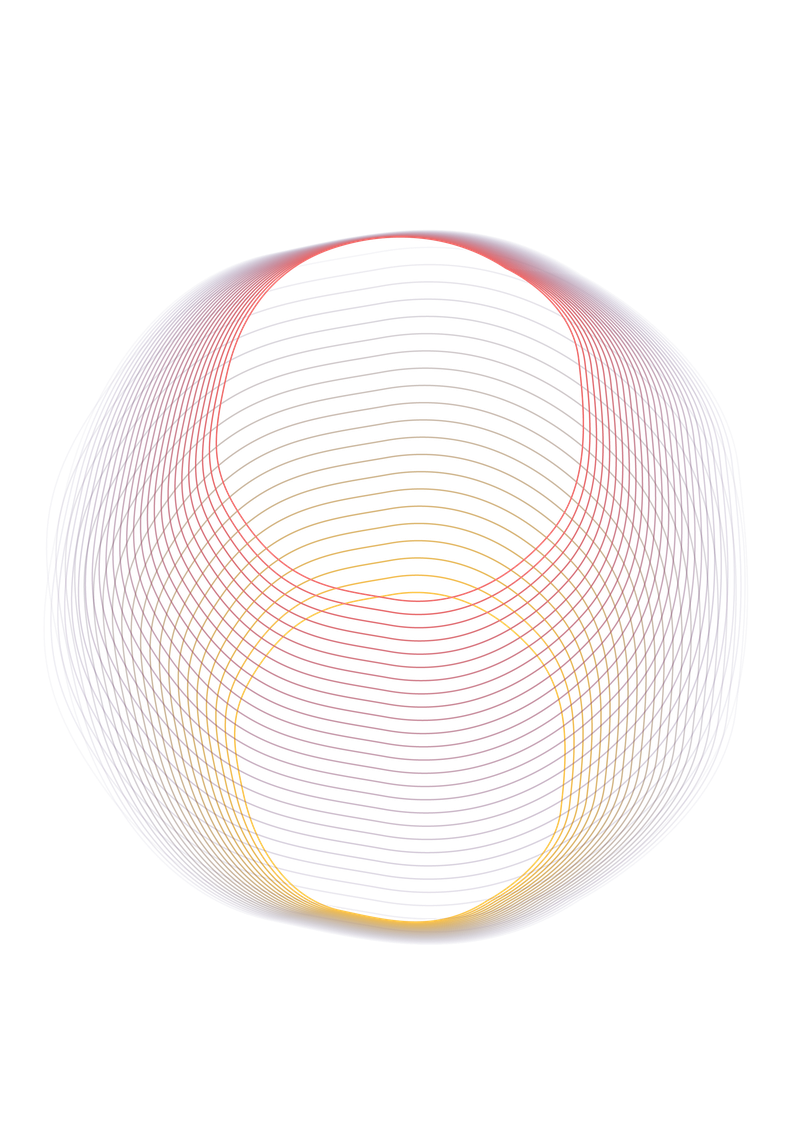
Intention-Based Design
We solve problems with Intention-Based Design. Based on design thinking, it's a process that generates and celebrates intentions.
In recent years the term "design thinking" has become increasingly polarising and, some would argue, clichéd and commoditised.
Pentagram partner Natasha Jen recently claimed “design thinking is bullsh*t”, while another commentator memorably declared: “design thinking is like syphilis — it’s contagious and rots your brains”. Even former design thinking guru Bruce Nussbaum has gone as far as to say: "design thinking has given the design profession and society at large all the benefits it has to offer and is beginning to ossify and actually do harm".
So, why the criticism? And is it justified? To answer these questions, we need to return to the intention of the methodology, and look at how it is being interpreted across the creative and design industries.
There are two main reasons why design thinking has become such a lightning rod for abuse. Firstly, design thinking has become an overexposed buzzword. This overexposure has led to a misuse, misinterpretation and malignment of the term, to the point where its original intention has been diluted or lost. Critics will rightly argue that some agencies have attempted to mask a lack of innovation by elevating the process itself into an artform. Sticking Post-it Notes on a wall is not design thinking.
Secondly, even when applied correctly, design thinking doesn’t solve business problems when used in isolation. Rather, when leveraged as a resource alongside other tools and processes - such as strategic planning and financial modelling - design thinking can light a path towards solutions that balance the often competing needs of desirability, viability and feasibility (the classic three-circle venn diagram at the heart of the methodology).
At Smudge, we believe that when used in service of the right intentions, design thinking can lead to positive, scalable outcomes for users; the key word being “intentions”. In fact, we call this Intention-Based Design.
“By anchoring decisions to an overarching intention, we create a framework where each micro-decision can be gauged.
What do we mean by Intention-Based Design? Put simply, it’s a process that generates and celebrates intentions, rather than ideas. By anchoring decisions to an overarching intention, we create a framework where each micro-decision can be gauged. These intentions last for the duration of a project and give our designers and developers the freedom to generate solutions that align with the vision, without going through a full design thinking process each time they run into a new problem.
Yes, like many design teams, we ideate and output concrete “ideas” (in our case these are often sketches or wireframes). And a key principle for evaluating those ideas is whether they balance the needs of the users, the business and the creatives themselves. While this might sound a lot like design thinking, all too often in design thinking this core idea of balance is forgotten because the original intentions have been lost (more often than not, buried under a pile of egos).
With design thinking, one common misstep is when the process becomes too focused on ideas that are usable / desirable only. Humanity is placed at the centre of the solution but the ideas that are generated are not viable or feasible.
Similarly, a tendency to place too much emphasis on giving users what (they think) they want can result in "faster horse" ideas that miss bigger opportunities. When also applying commercial and technological expertise, ideas rise to the top that end users would not have conceived on their own.
Lastly, design thinking often neglects to take sufficient account of the commercial intentions underpinning the brief: this can lead to ideas that are not aligned with the long-term goals of the business. Any one of these oversights can result in an imbalanced solution that doesn’t match the intentions.
The real value of design thinking lies not in user-centric design processes but in finding a solution that balances the intentions of the three circles.
When creating a new product or service, we ask ourselves these questions:
- Does the solution demonstrate empathy for the people who will actually use it? Will they enjoy using it? Will they understand how to use it? Does the new solution deliver on the intention to improve on the existing solution?
- Is the solution commercially viable? Does it deliver on both the short- and long-term needs of the business? Does this solution reflect the strategic intentions of the organisation?
- Does the solution show a care and understanding for the people who have to deliver it? Is it going to be maintainable? What is the technology landscape? Does the solution ladder up to the technical intentions of the organisation?
If the answer is “no” or “possibly not” to any of these questions, we return to the intention and continue iterating.
Next
-
The Beauty of Balance
Designing and building software is more art than science. The trick is looking for joy in the trade-offs and finding beauty in the balance.
-
Strong Opinions, Loosely Held
While the debate over software development methodologies continues to rage, we prefer to focus on "the why" rather than "the how".
-
Embrace the Convergence
The worlds of design, consultancy and software engineering are colliding, with big implications for the creative services industry.